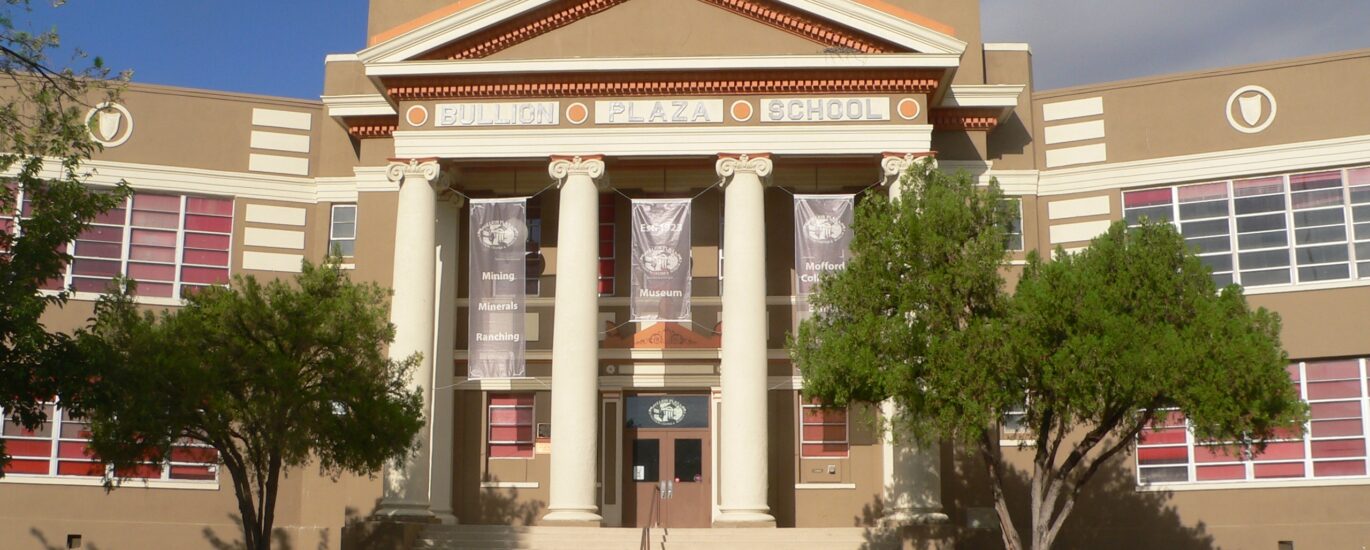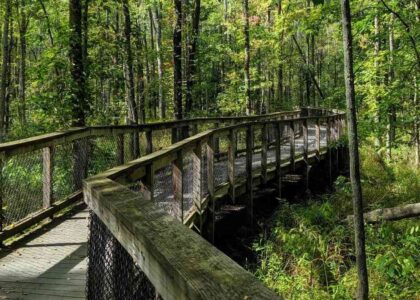Welcome to Bullion Plaza School, a site rich in both architectural beauty and historical significance. Established in 1923 in Miami, Arizona, Bullion Plaza was designed by the renowned architectural firm Trost & Trost in the Classical Revival style. Initially serving as a school, this building became a cornerstone of the community for Mexican American, Native American, and African American students in an era marked by segregation.
The school operated until 1994, a period during which it witnessed the evolution of educational practices and societal changes. Bullion Plaza holds a profound legacy, having been listed on the National Register of Historic Places in 2001 due to its architectural significance and its role in the history of segregation in Arizona. Today, it stands as the Bullion Plaza Museum, serving as a cultural center that reflects on its past while educating future generations.
The establishment of the school was a direct response to the burgeoning population of Miami, Arizona, a town that flourished due to the copper mining boom of the early 20th century. The miners and their families needed educational facilities, which led to the birth of Bullion Plaza. Over the years, the school became a silent witness to the harsh realities of segregation. Students were often punished for speaking their native languages, and rumors of harsh disciplinary actions persist to this day, adding an eerie layer to the school’s history.
Among the notable figures associated with Bullion Plaza is the architect Henry Trost, whose distinctive style contributed significantly to the architectural landscape of the American Southwest. The museum now houses exhibits that tell the stories of the region’s diverse communities and their contributions to Arizona’s cultural tapestry.
Visitors to the museum today can explore various exhibits, including those dedicated to the military and local history, which are housed in rooms that once served educational purposes. These exhibits are made possible through the efforts of local volunteers and historical societies, ensuring that the stories of the past remain alive and accessible.
As you walk through the corridors of this historic building, imagine the generations of students who once filled these rooms with their laughter, learning under challenging circumstances, yet contributing to the rich, complex history of the region.




